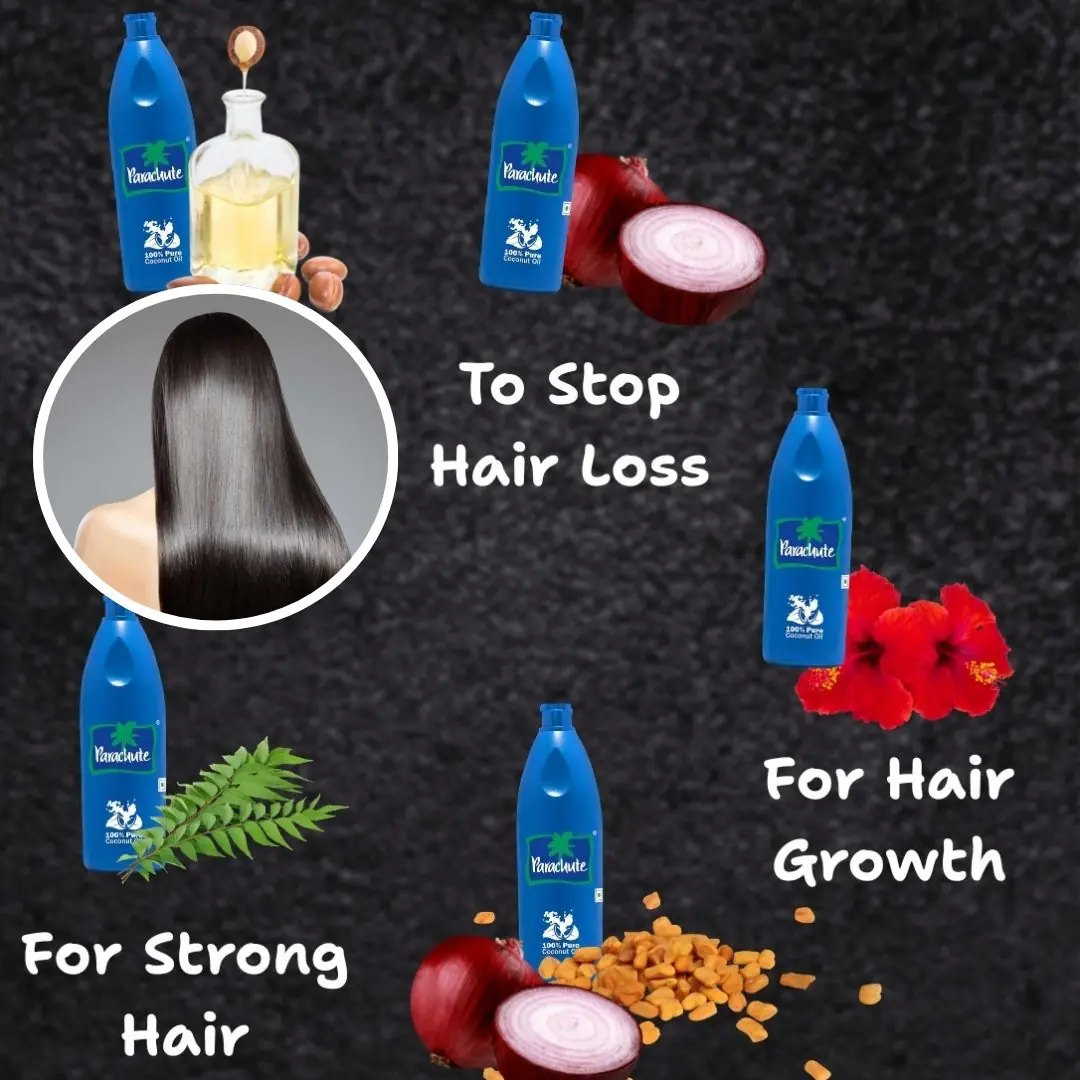
How to Differentiate Real Coffee from Adulterated Coffee
How to Differentiate Real Coffee from Adulterated Coffee
You can distinguish pure coffee from adulterated coffee by observing factors such as the color of the brewed coffee and its aroma.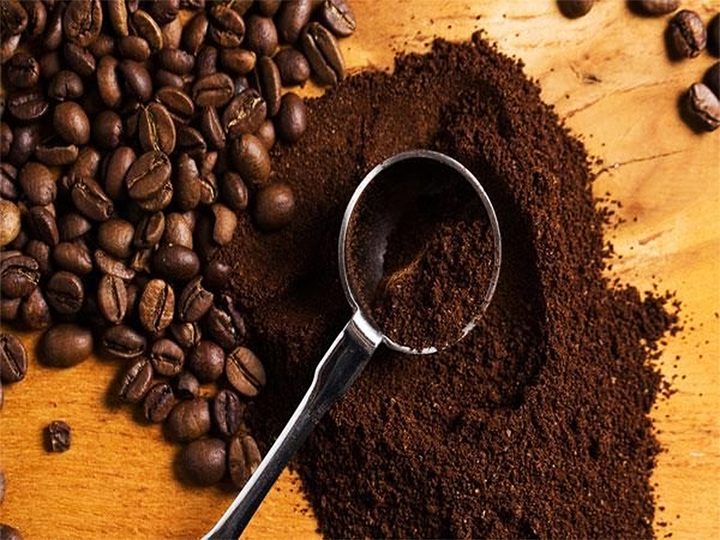
Although coffee is a popular and affordable beverage, enjoying a cup of pure, naturally flavorful coffee is not always guaranteed. Many products on the market are fake or blended with roasted corn powder, burnt soybeans, or even artificial coloring and flavoring agents.
How to Tell Real Coffee from Adulterated Coffee
Drinking adulterated coffee not only diminishes the experience but may also pose health risks. So how can you tell real coffee from one mixed with fillers? Here are some tips:
1. Check the Coffee Powder
-
Color: Pure coffee powder usually has a dark brown or light brown color, depending on the roast level, and the color tends to be uniform. When you touch it, it feels light, fluffy, non-sticky, and doesn’t clump.
-
Texture and Weight: Adulterated coffee often has an unusually dark or burnt-yellow color. When mixed with roasted soybean or corn powder, it feels heavier, finer, and sticky to the touch.
-
Simple Test: Sprinkle a bit of coffee powder into a glass of cold water. Pure coffee will float for a long time, while adulterated coffee quickly sinks—an indication it may contain fillers.
2. Smell the Aroma
Aroma is one of the easiest ways to tell real coffee from fake. Pure coffee gives off a mild, pleasant, and distinctive smell. If the scent is overly strong, harsh, or resembles vanilla or caramel, it may have been artificially flavored.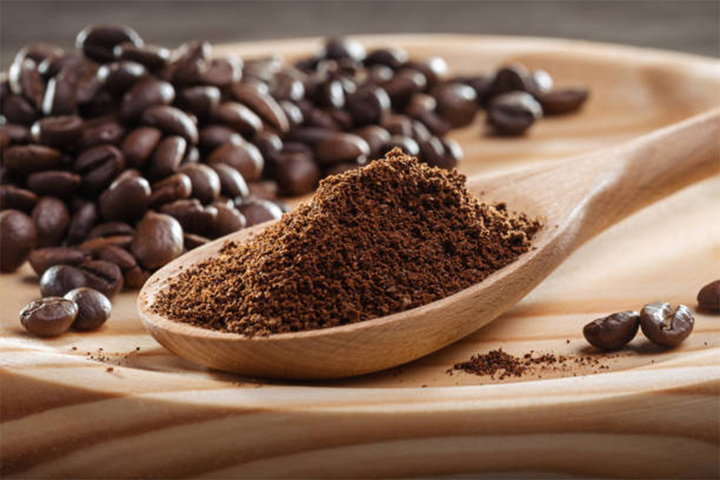
Some blended coffees are scented with roasted corn or soybean, which produce a sharp sweetness that fades quickly after opening the package.
3. Observe While Brewing
-
Blooming Effect: When you pour boiling water into a coffee filter, pure coffee will bloom and bubble. Blended coffee with fillers like corn or soy powder won't bloom and tends to collapse instead.
-
Color of Brewed Coffee: Real coffee yields a clear, reddish-brown brew. Adulterated coffee often appears opaque, unnaturally dark, or muddy.
-
Consistency: Pure coffee has a moderately thick consistency. Coffee mixed with starchy fillers like corn or soy tends to be overly thick and sticky due to starch release.
-
Foam: When pouring hot water over pure coffee, the foam formed is thin, with small bubbles that dissipate quickly. In contrast, adulterated coffee may produce thick foam with large bubbles that last longer due to added foaming agents or vegetable oil.
-
Taste: Pure coffee has a pleasant bitterness with a mild, natural acidity and a long-lasting, lightly sweet aftertaste. Adulterated coffee often tastes overly bitter or astringent, with a short-lived aftertaste and possible burnt or chemical notes.
Tips for Buying Authentic Coffee
-
Prioritize Traceable Products: Choose coffee from reputable brands that disclose information about origin, processing methods, and have quality certifications.
-
Buy Whole Beans and Grind Them Yourself: If possible, buy whole, pure coffee beans and roast and grind them yourself to minimize the risk of adulteration.
-
Don’t Go for the Cheapest Option: Pure coffee costs more to produce, so its price is naturally higher than blended products.
Distinguishing pure coffee from adulterated versions isn’t too difficult once you’re equipped with the right knowledge. Be a smart consumer so that every cup of coffee you enjoy isn’t just flavorful, but also a step toward protecting your health.
News in the same category

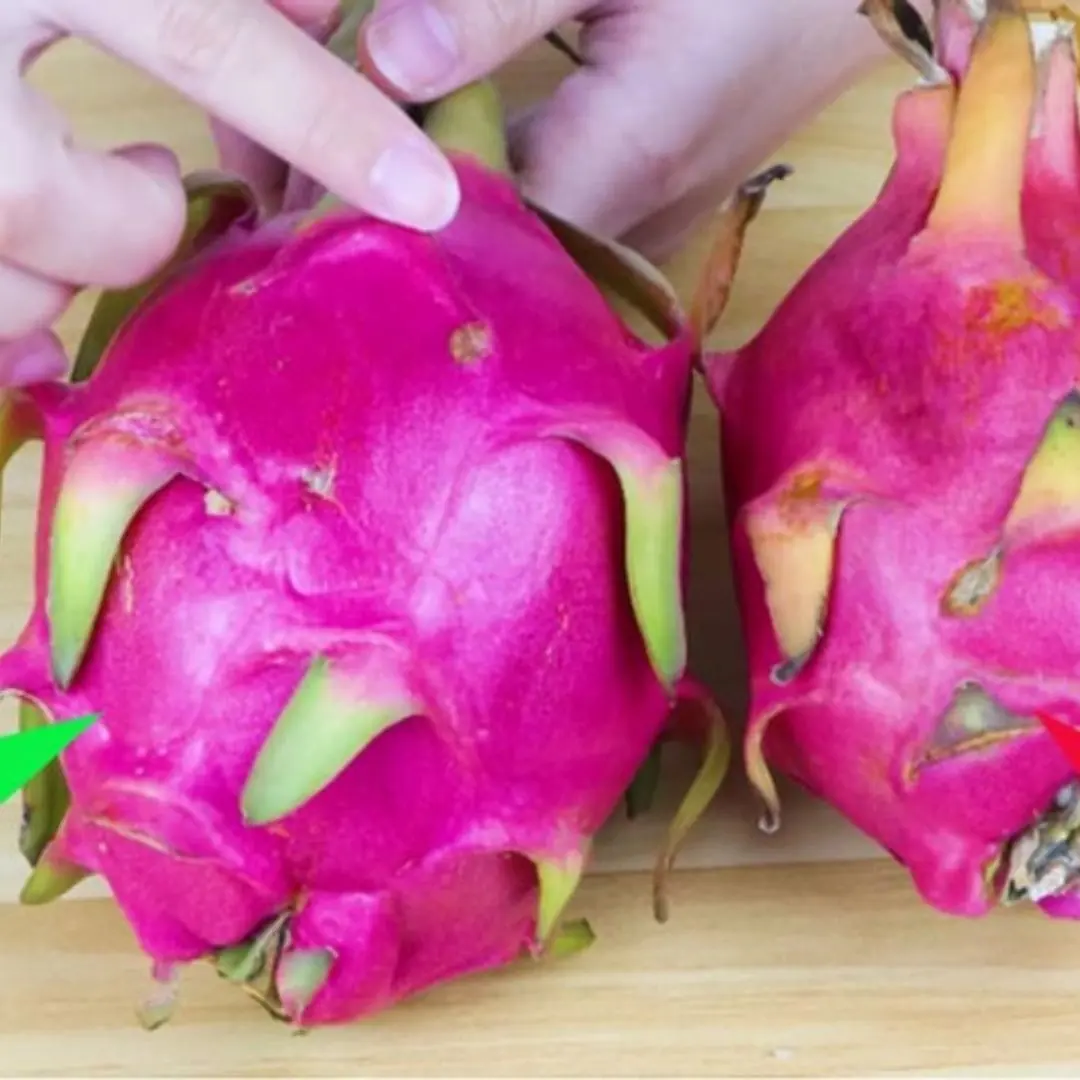
Pocket the tip to choose the 'best' dragon fruit, guaranteed to be remembered forever after just one b.it.e
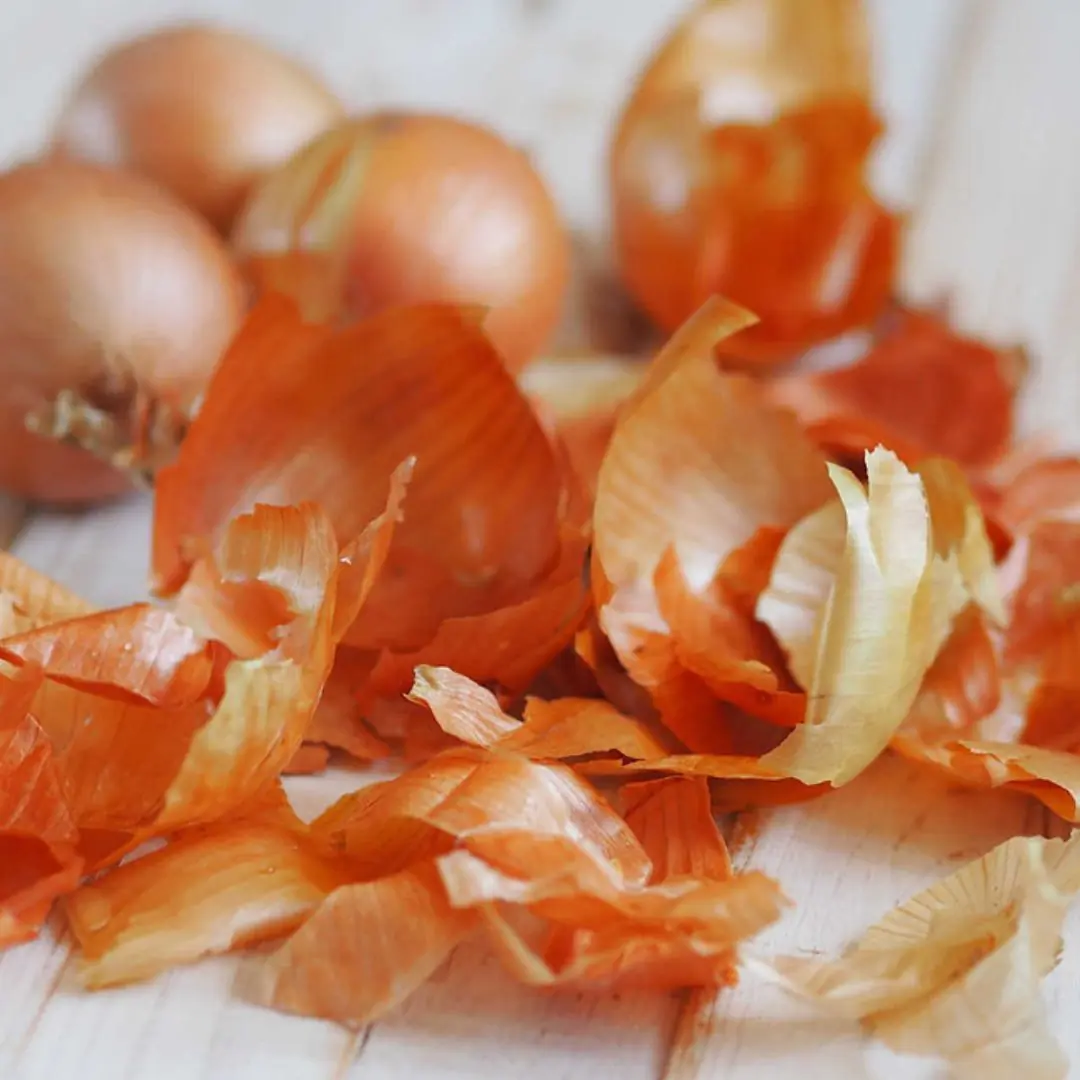
Onion Peels and Little-Known Health Benefits

When going to a hotel, remember to knock on the door 3 times before entering the room: Why?

You Must Place Plants in These Spots at Home — The Wealthy Instantly Recognize the Meaning
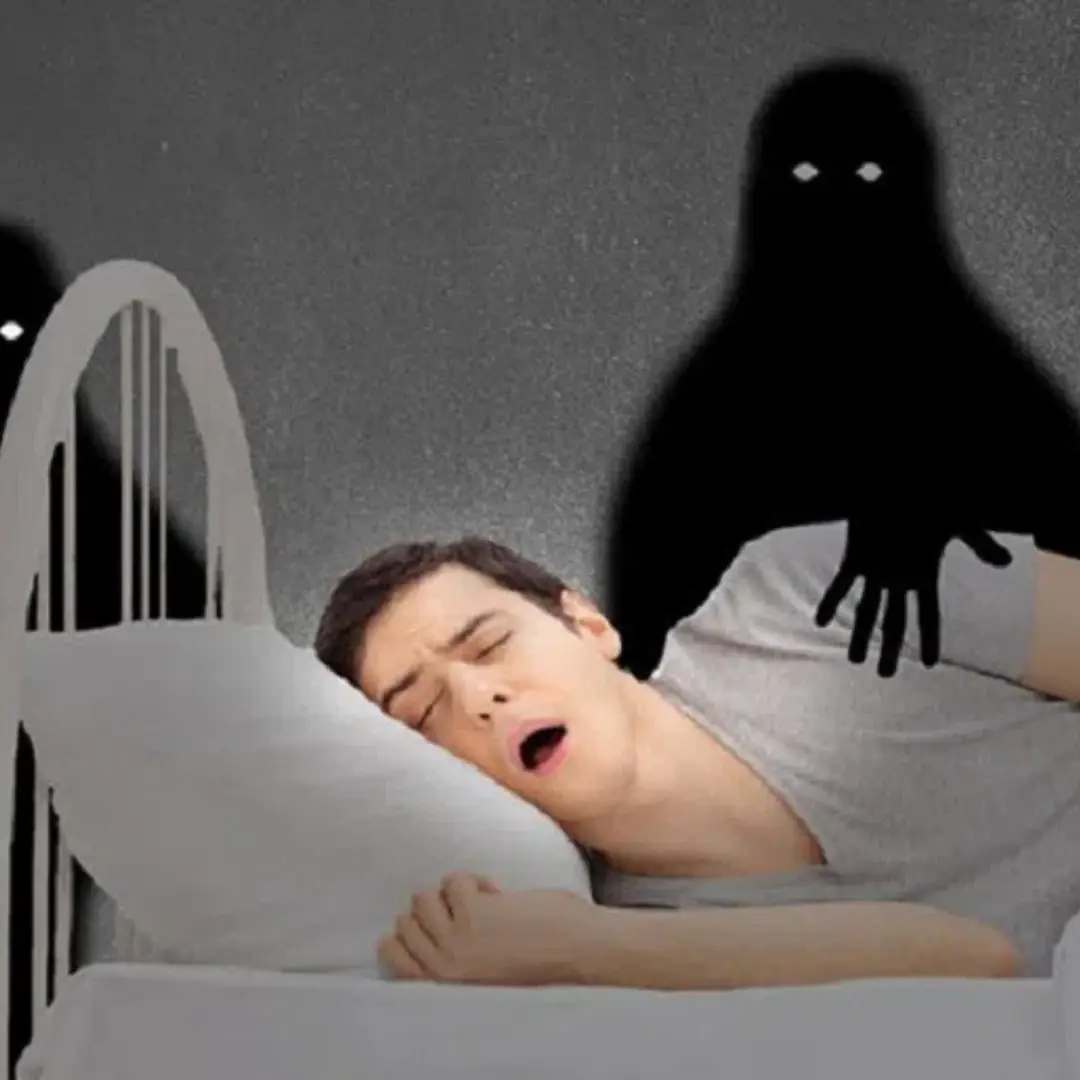
What is Sleep Paralysis? Causes and Remedies
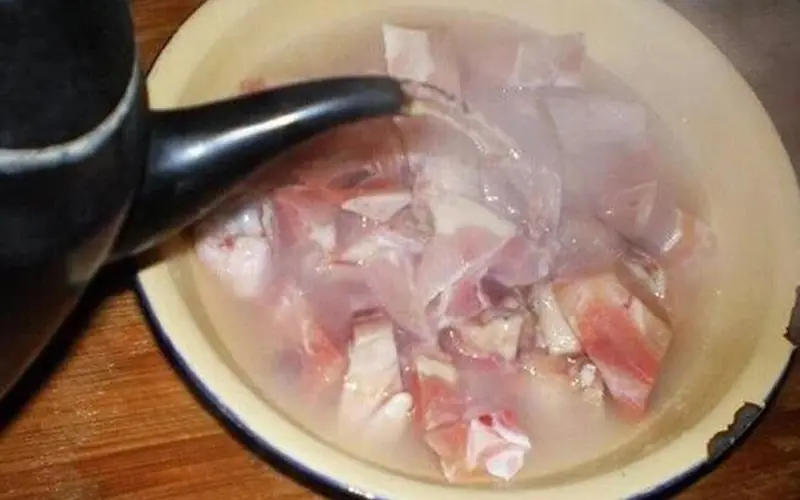
Defrosting Meat with Hot Water Is WRONG — and a Dangerous Invitation for Bacteria to Enter Your Body!
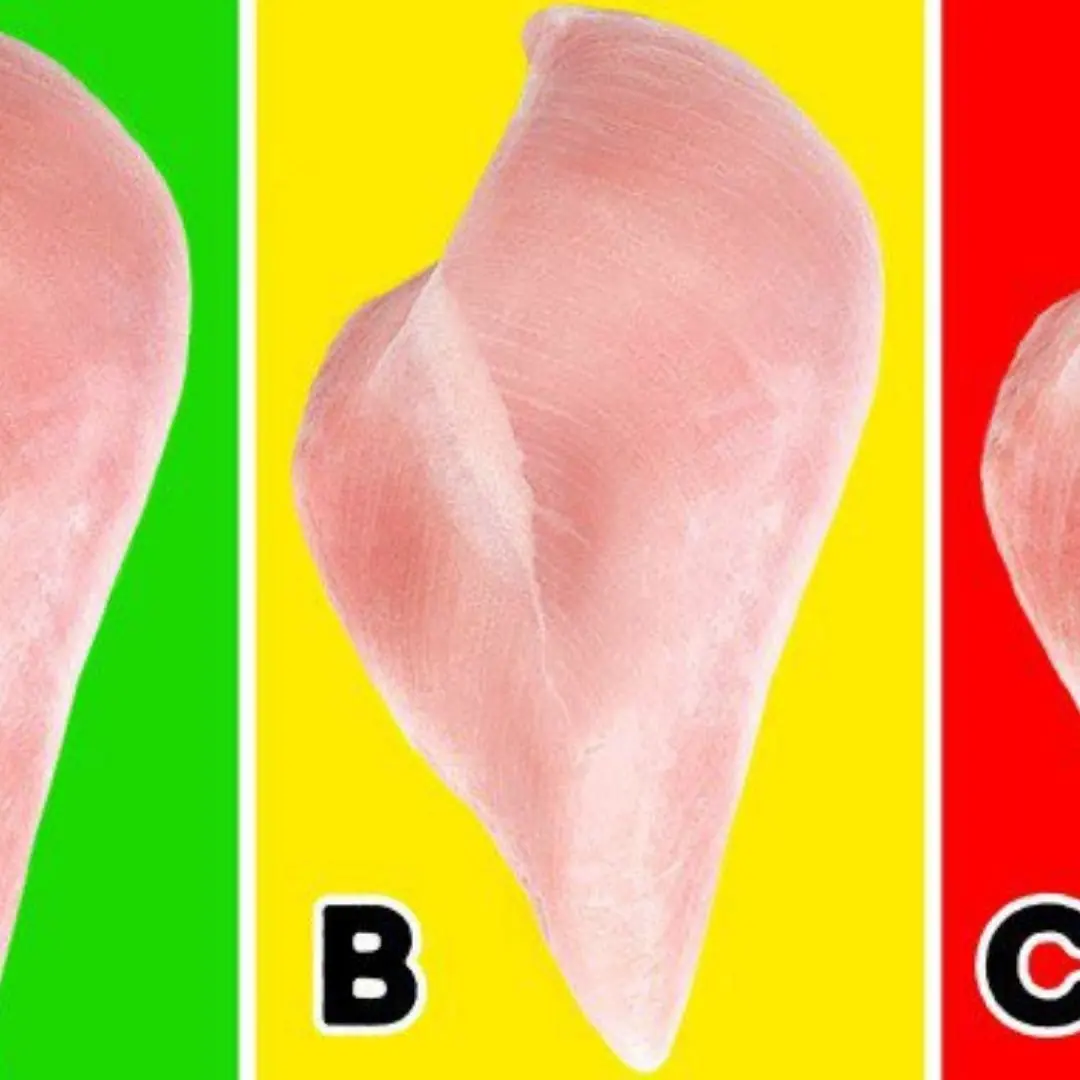
Chicken with white stripes: Should you eat it or should you throw it away? Hear the experts' answers
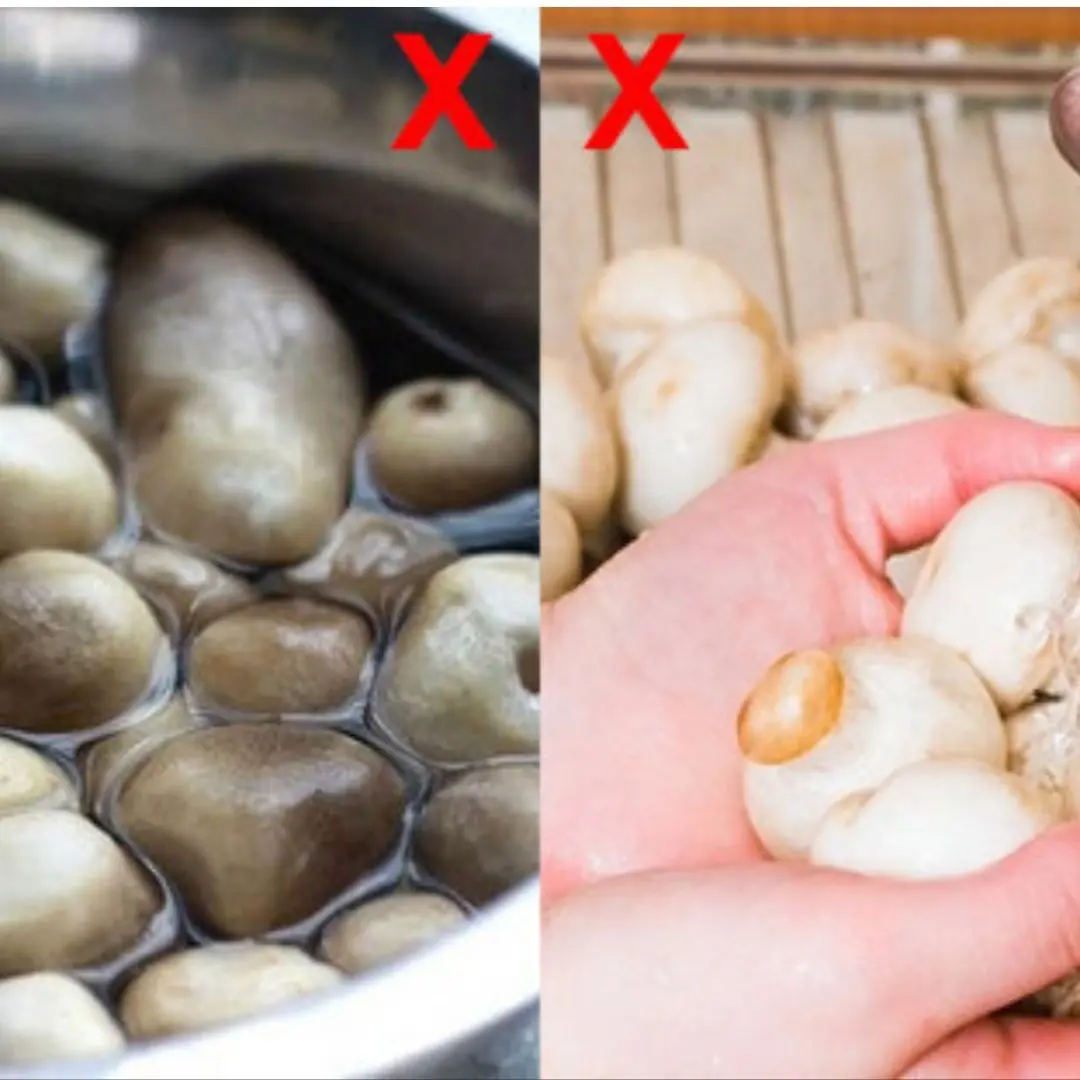
Simply washing mushrooms with water isn’t clean enough — add this and dirt will come off automatically
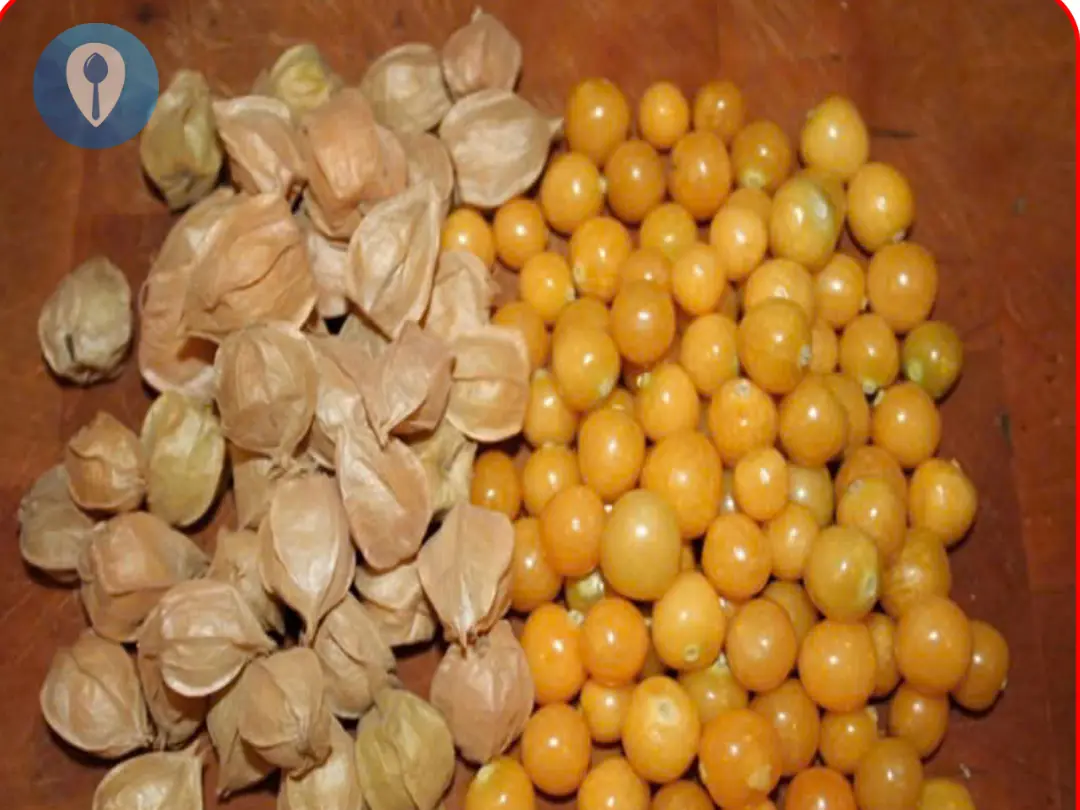
Never ever remove this plant from your garden, it is extremely valuable
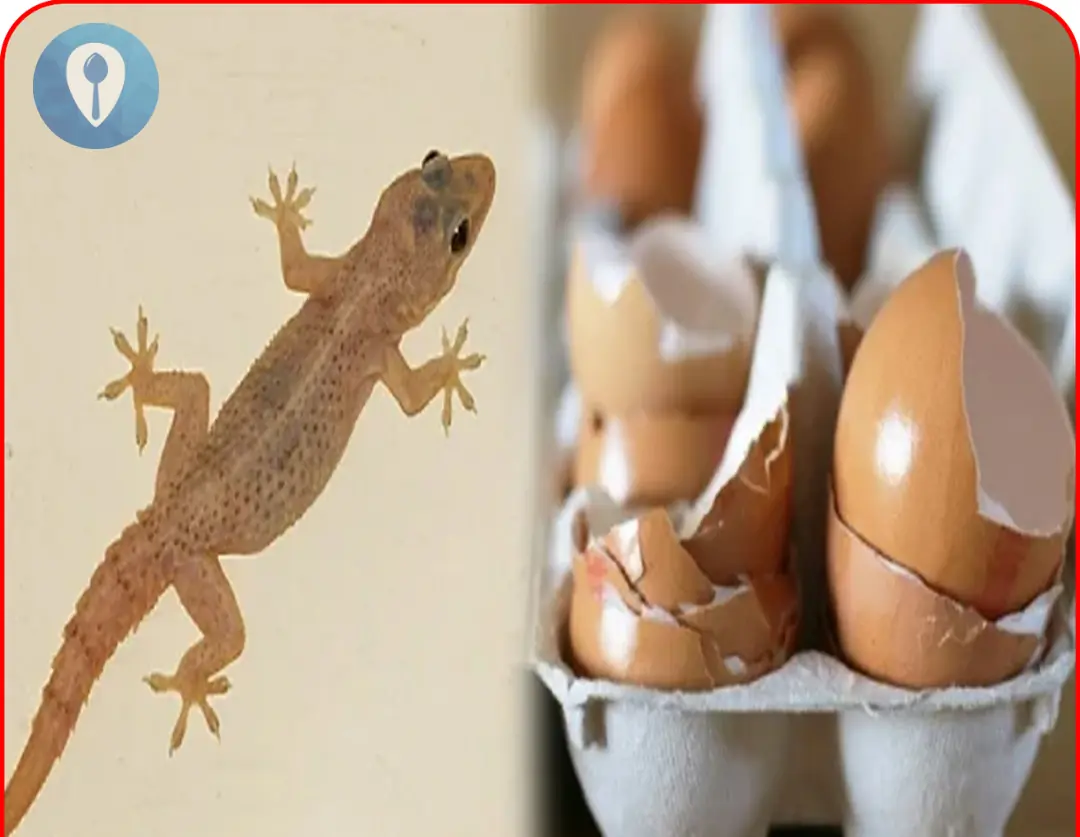
Too many geckos in the house, here's a little trick to make them 'go away and never come back'
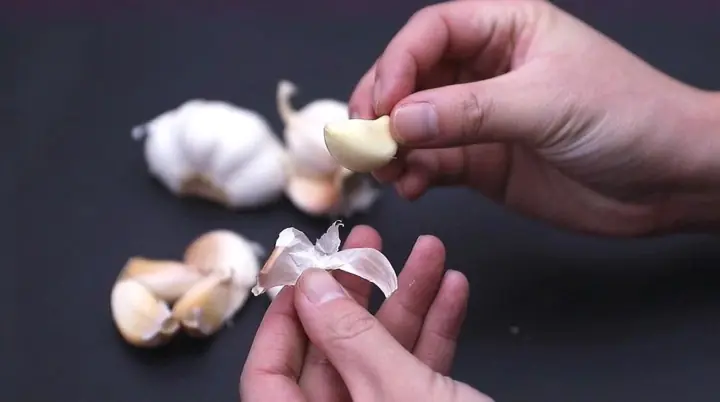
Quick and Easy Garlic Peeling Hacks: Save Time and Keep Your Hands Odor-Free

Crush this handful of leaves and place it in the room.

5 Costly Mistakes That Spike Your Electricity Bill and Harm Your Health: Are You Using Your Air Conditioner All Wrong?
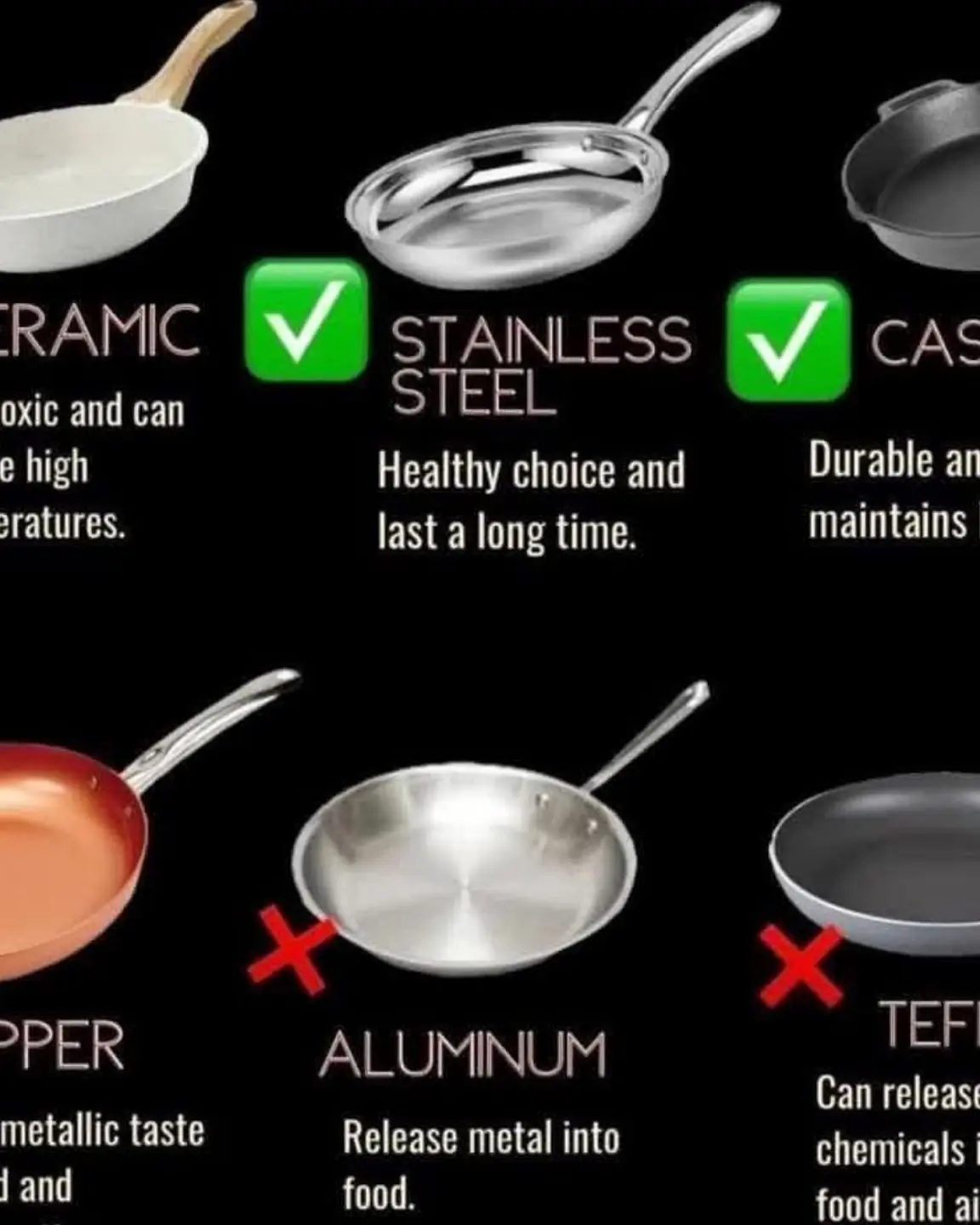
4 types of to.x.ic pots and pans to avoid
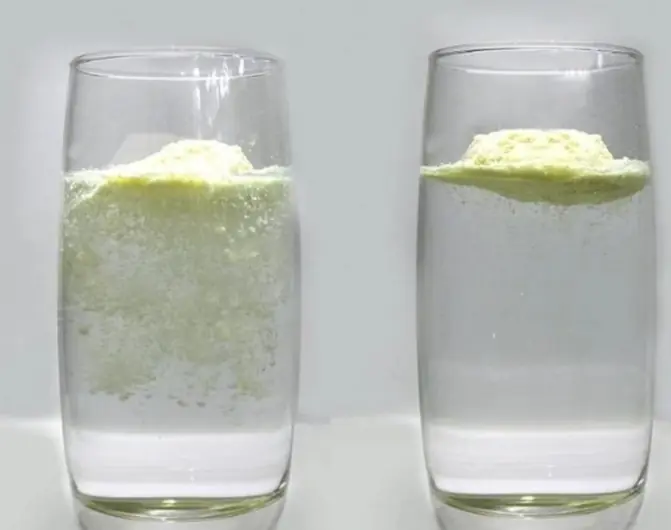
How to differentiate real from fake powdered milk accurately
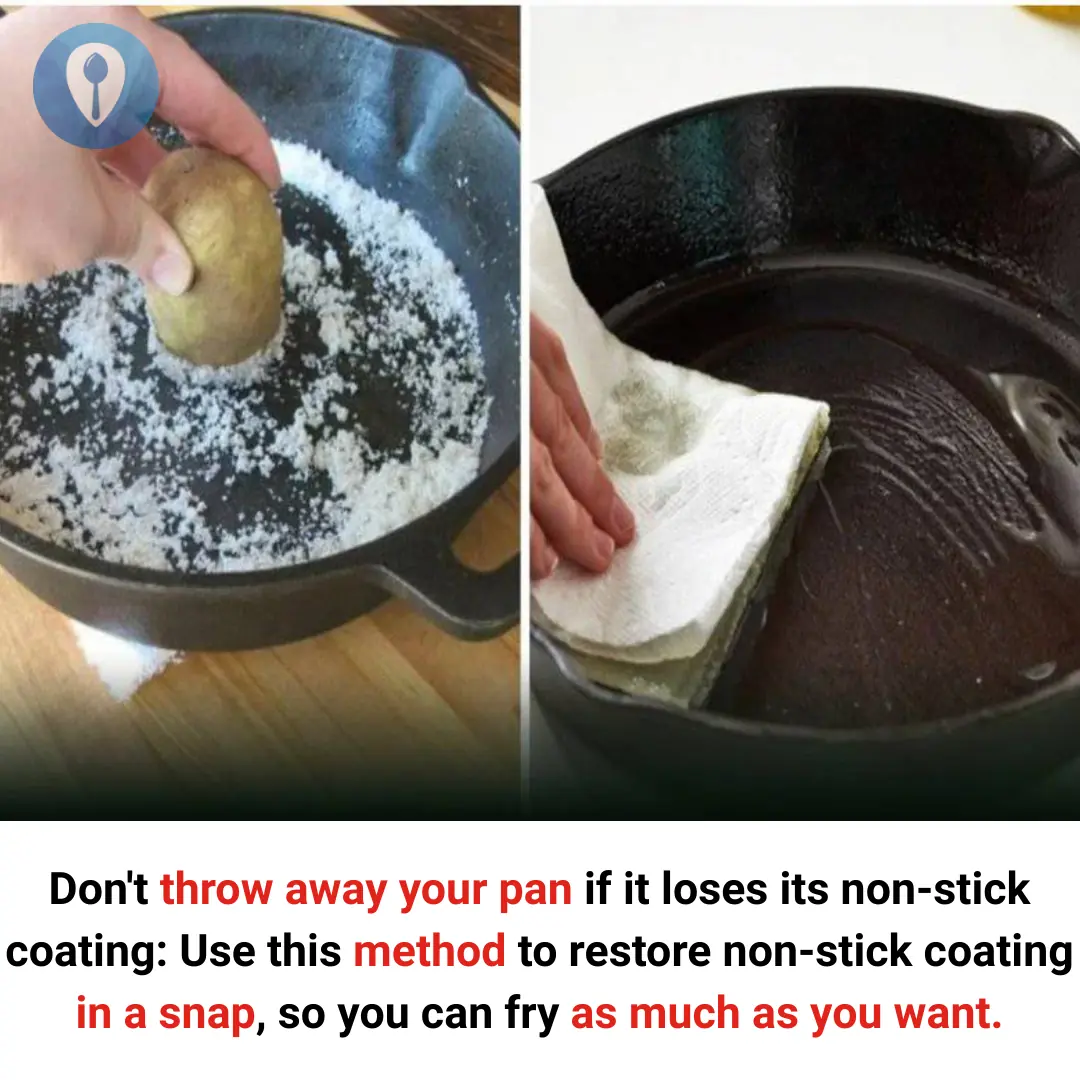
Don't throw away your pan if it loses its non-stick coating

What color and material of sun protection shirt blocks UV rays and heat best? It turns out many people choose wrong
News Post

Siblings Demand Inheritance After Mother’s Death, But Brother-in-Law Shows Them One File That Leaves Everyone Speechless

Add This in Your Hair Oil

More and More People Are Suffering From Cere.bral Infar.ction – Doctors Warn: Avoid These 3 Post-Meal Habits That Can Accelerate the Risk
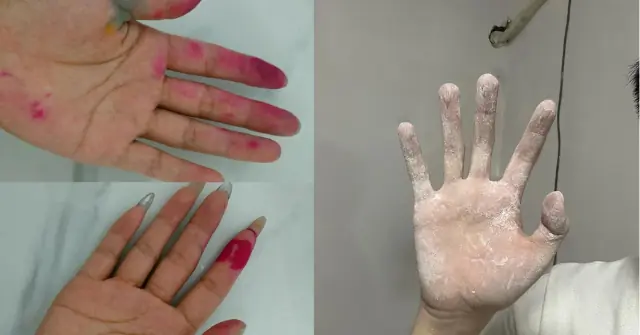
A Sincere Warning: Always Wear Gloves When Doing These 7 Things—Or Risk Har.ming Your Health

51-Year-Old Man Shoc.ked to Discover Brain Dam.age: The “Culprit” Is 4 Favorite Dishes Many People Love

Pocket the tip to choose the 'best' dragon fruit, guaranteed to be remembered forever after just one b.it.e
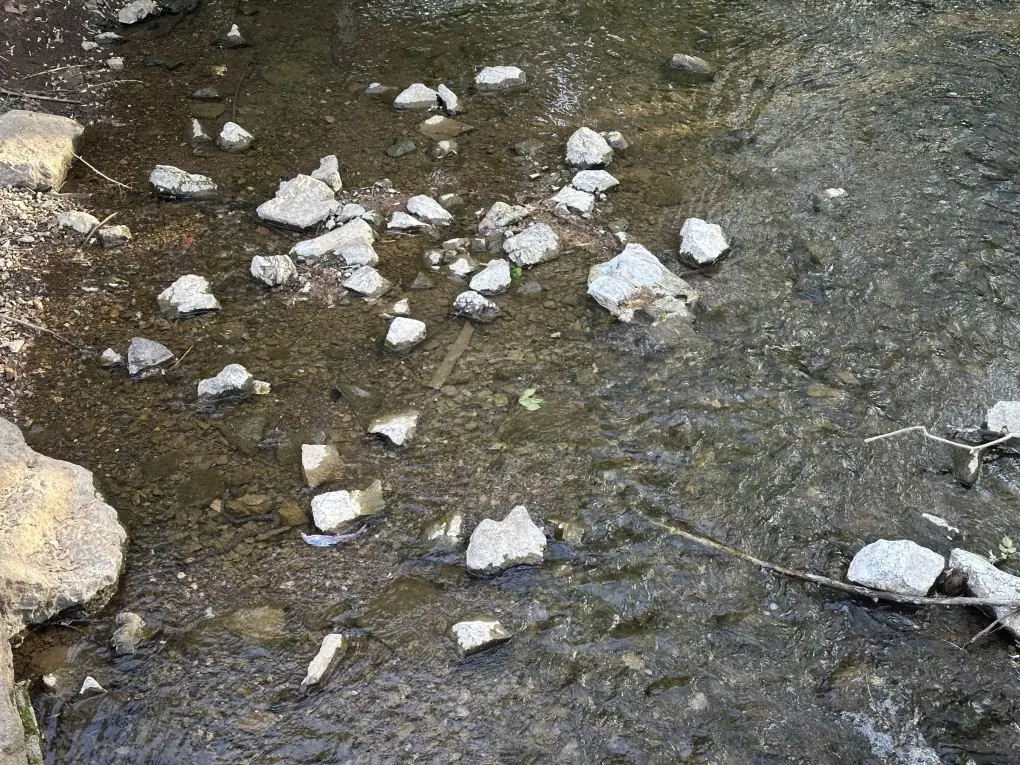
Where Is the Snake Hiding?

Women Who Do These 3 Things in the Morning Tend to Accumulate Less “To.xins,” Stay Younger, and Maintain a Great Figure
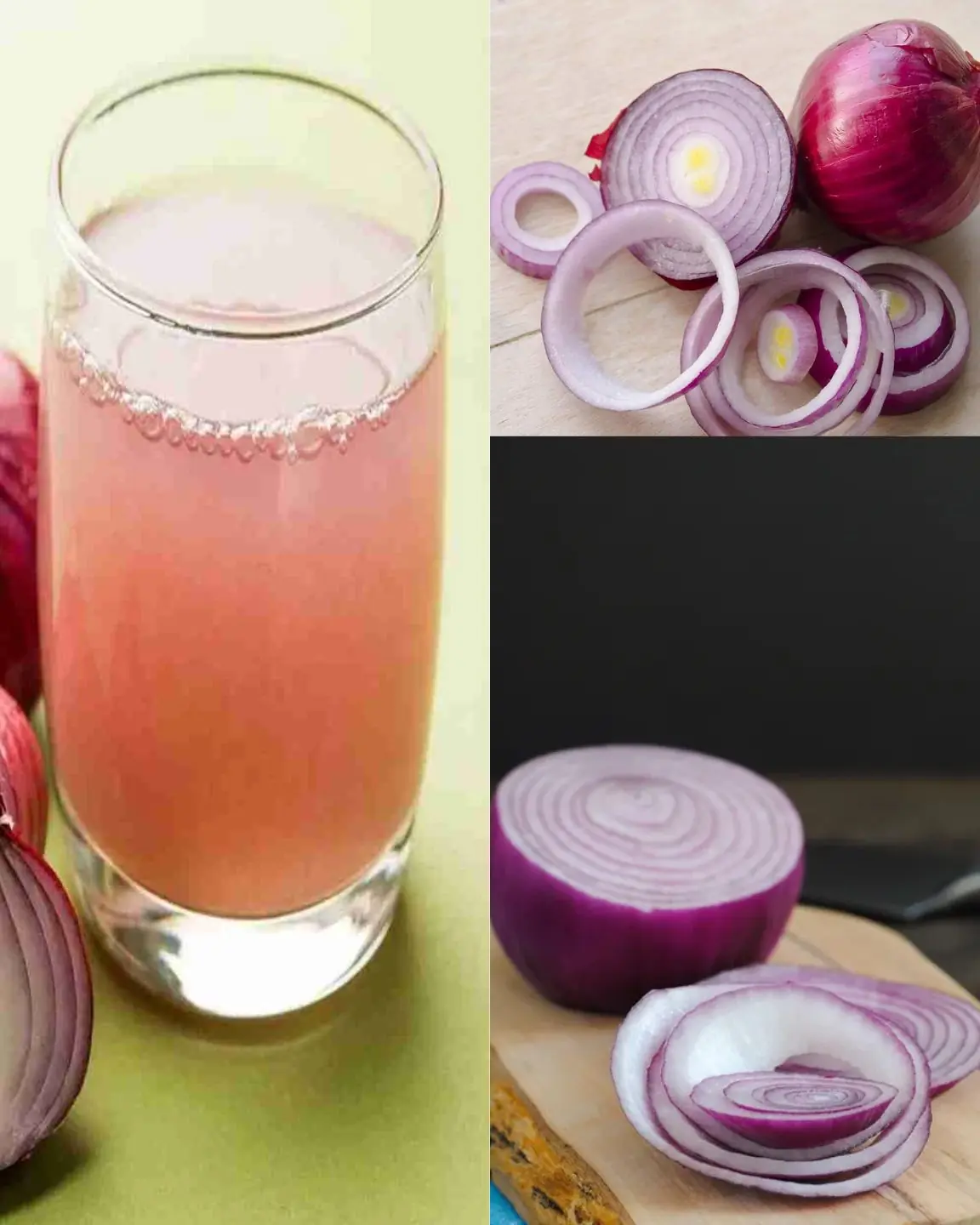
Benefits of onion juice you should know

Onion Peels and Little-Known Health Benefits
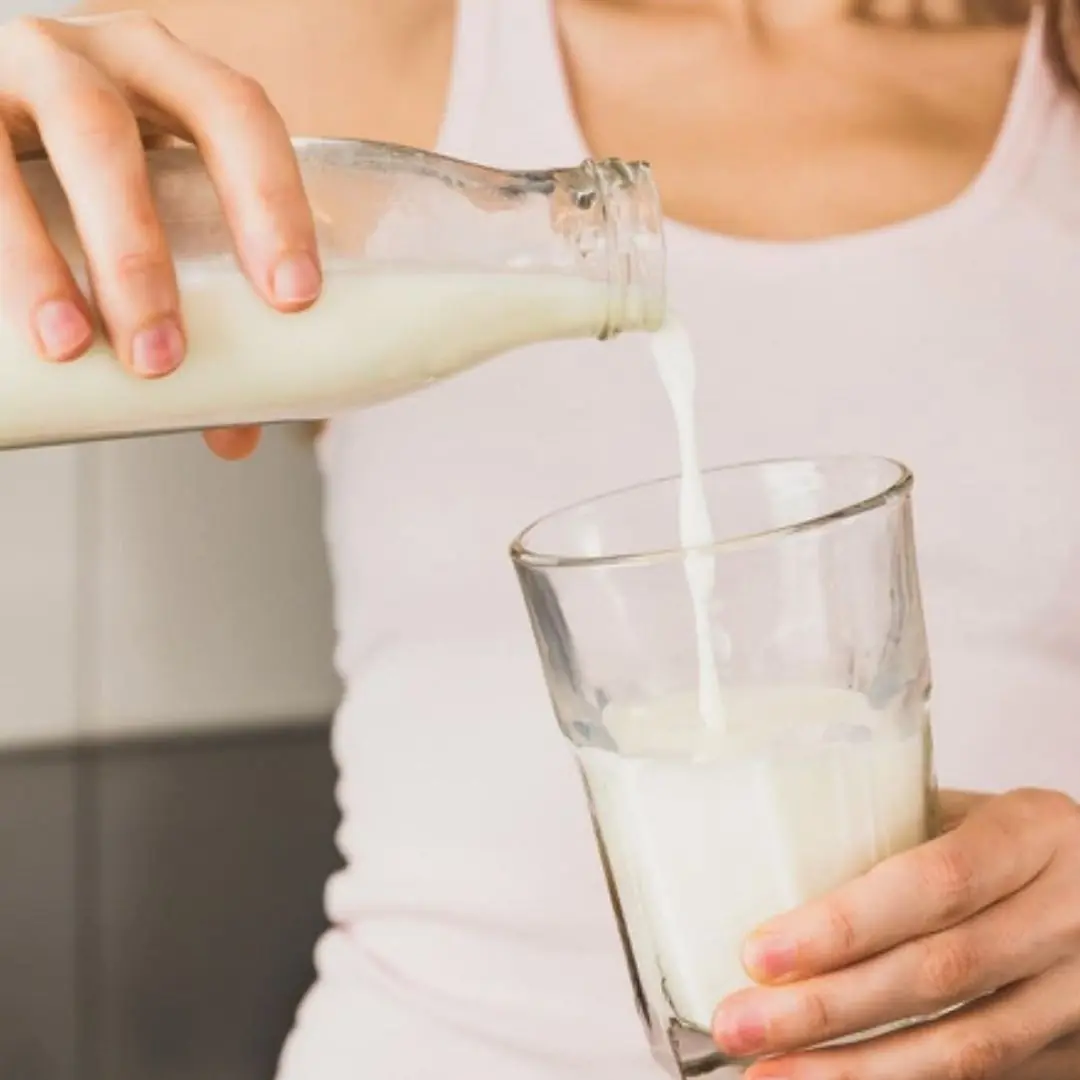
The best times to drink milk
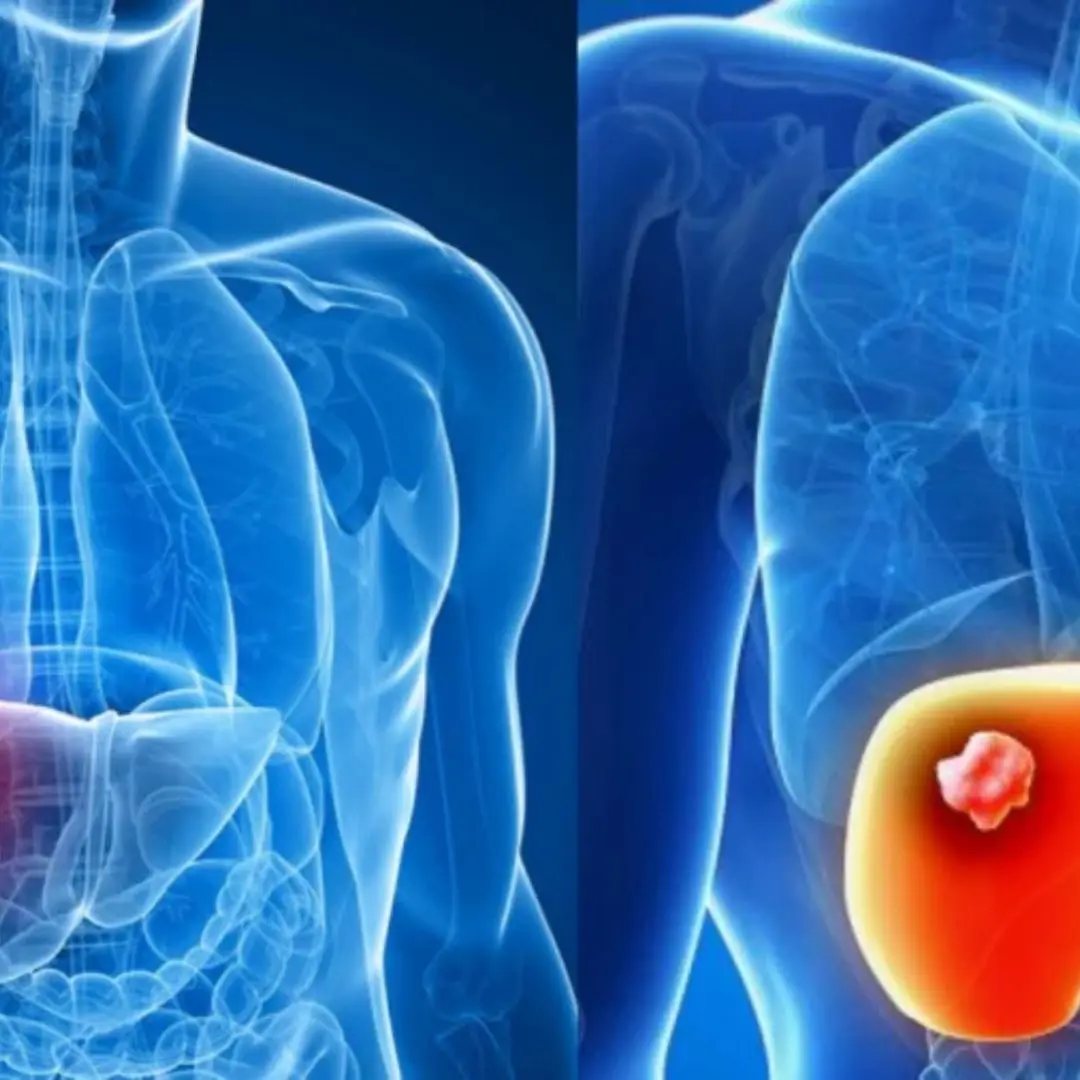
5 groups of people at high ri.s.k of liver c.a.ncer, should get checked as soon as possible
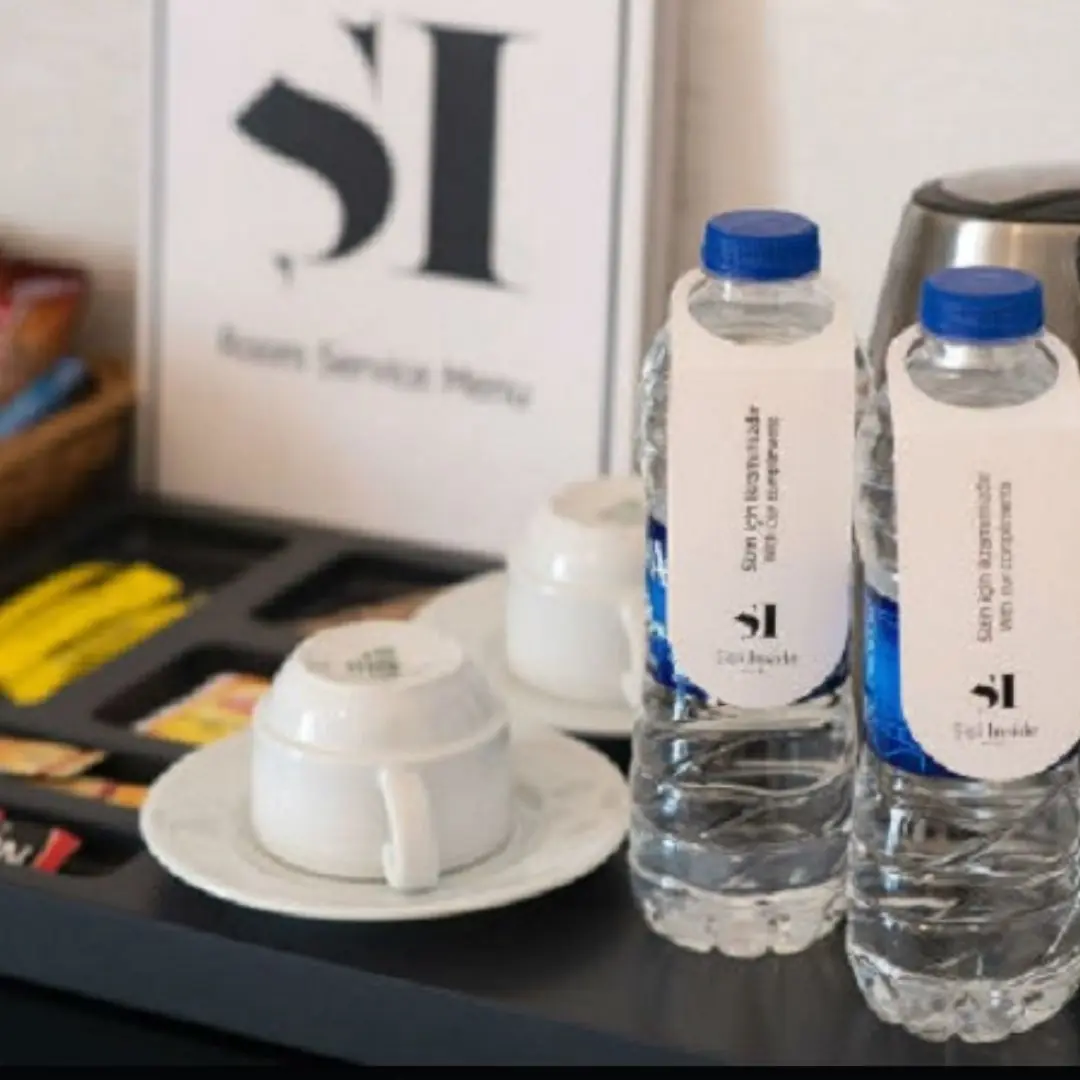
5 things you can bring home when staying overnight at a hotel: Many people don't know how wasteful it is

When going to a hotel, remember to knock on the door 3 times before entering the room: Why?
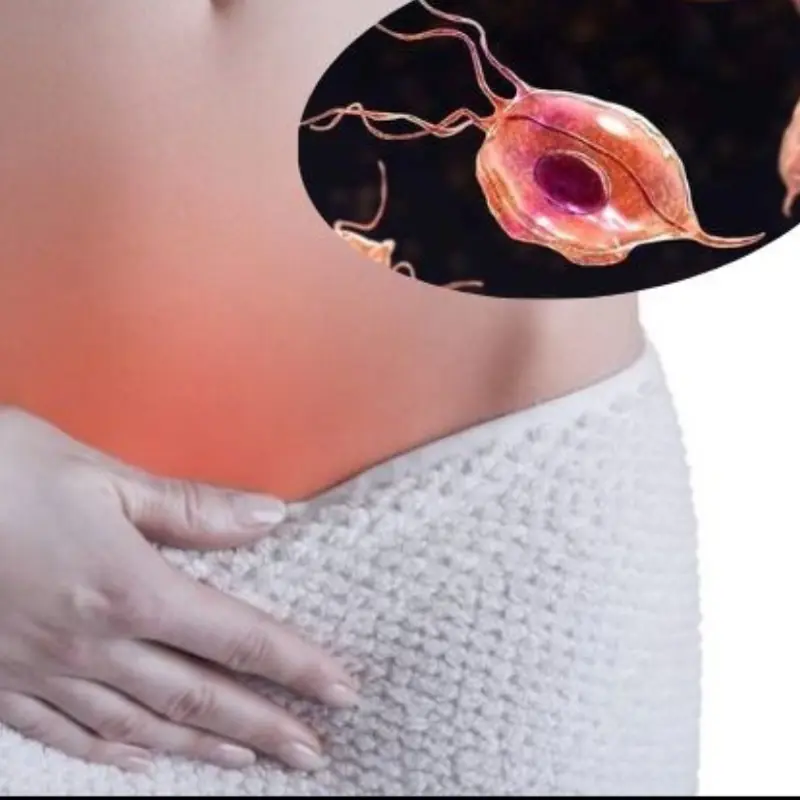
A Foul Odor in the Intimate Area Without Itching May Be a Warning Sign of a Medical Condition
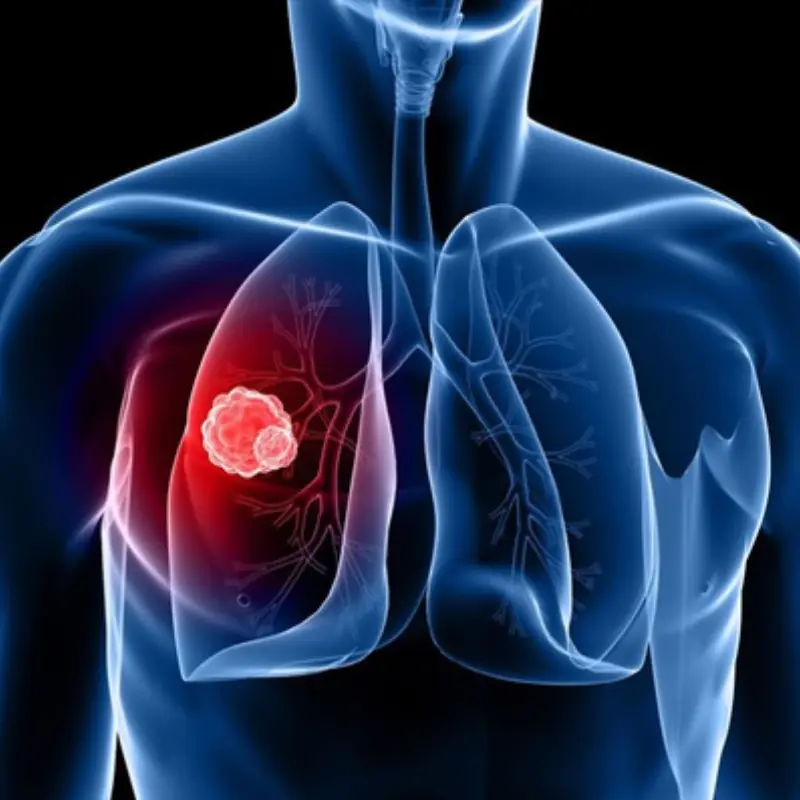
20+ Early Warning Signs That Cancer Is Growing in Your Body

You Must Place Plants in These Spots at Home — The Wealthy Instantly Recognize the Meaning
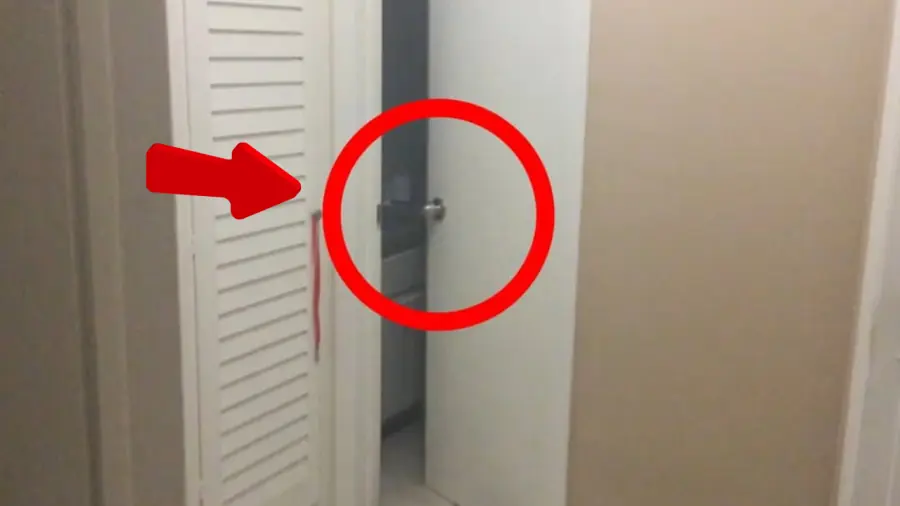
Should You Sleep with Your Bedroom Door Open or Closed at Night? Many Are Surprised by the Truth
